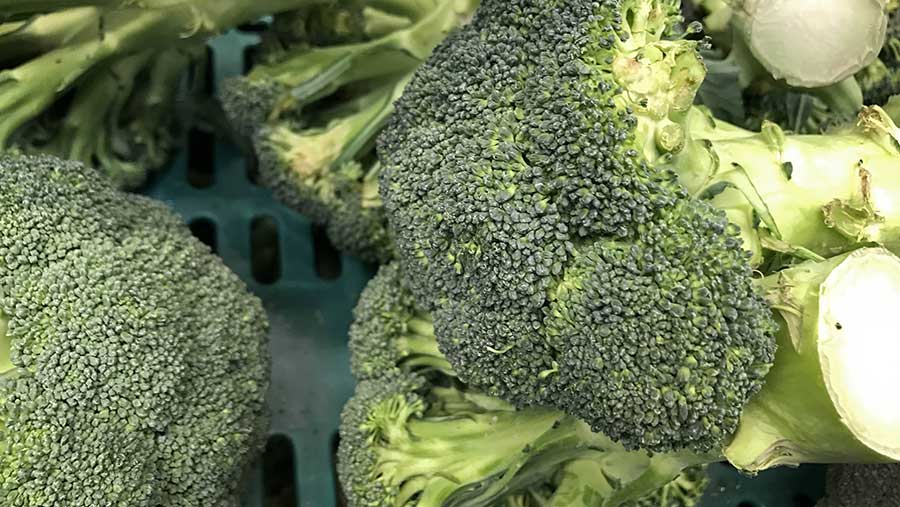Majority of EU food free from pesticide residue
 © Hugo Michiels/LNP/REX/Shutterstock
© Hugo Michiels/LNP/REX/Shutterstock Food consumed within the EU continues to be largely free of pesticide residue and poses little risk to consumers, data has revealed.
The latest monitoring report by the European Food Safety Authority (EFSA) published this week but conducted in 2015, shows that more than 97% of the samples analysed fell within the residue limits permitted by EU legislation.
Of this percentage, 53.3% were completely free of quantifiable residues.
See also: China’s £32.5bn takeover of Syngenta gets go-ahead
For products originating from EU and European Free Trade Association countries, legal limits were exceeded in 1.7% of samples, a slight year-on-year increase from 1.6% in 2014.
Almost all organic food tested were residue-free or within limits, with just 0.7% breaching them. The majority of samples of animal products, 84.4%, were also free of quantifiable residues.
Reassuring
EFSA also performed a dietary risk assessment based on the data, which has revealed the short and long-term exposure risk to consumers is low.
The Crop Protection Association (CPA) welcomed the report, saying regular monitoring is “crucial in reassuring consumers that they can trust farmers and have confidence in the safety of their produce”.
CPA chief executive officer Sarah Mukherjee said: “Pesticides play an essential role in helping our farmers to produce safe affordable food that is free from pests and disease.
“As usual, the majority of food was free of even microscopic traces and more than 97% was well within the legal limit – which is itself of course significantly lower than the safe limit.
“It’s also worth noting that the EFSA is clear that even in the tiny minority of cases where the maximum residue level looked to be exceeded, in practice this was before fruit and veg is washed, cooked or peeled.
“Nonetheless, consumers should rest assured that these exceedances are unlikely to have any long-term effect on consumer health.”
However in its response to the report The Soil Association reiterated its call for safety levels for the use of multiple pesticides.
Soil Association policy director Peter Melchett said: “The report found 341 samples containing 10 or more pesticides.
“No MRLs or safety levels have been set to protect people from the risk of exposure to multiple pesticides.
“Safety levels for the multiple pesticides actually found in food are needed urgently, alongside a wider transition toward pesticide-free farming.”
Within limits
The EFSA report is based on 84,341 samples analysed by 30 countries. The samples were tested for 774 different pesticides.
The report also includes analysis of the results of the EU co-ordinated control programme, under which reporting countries analyse a particular “basket” of food items.
This year’s basket included aubergines, bananas, broccoli, virgin olive oil, orange juice, peas, sweet peppers, table grapes, wheat, butter and eggs.
Of these the highest exceedance rate recorded was for broccoli with 3.4% of samples exceeding limits.
The results for 2015 are in line with those recorded in 2014.
